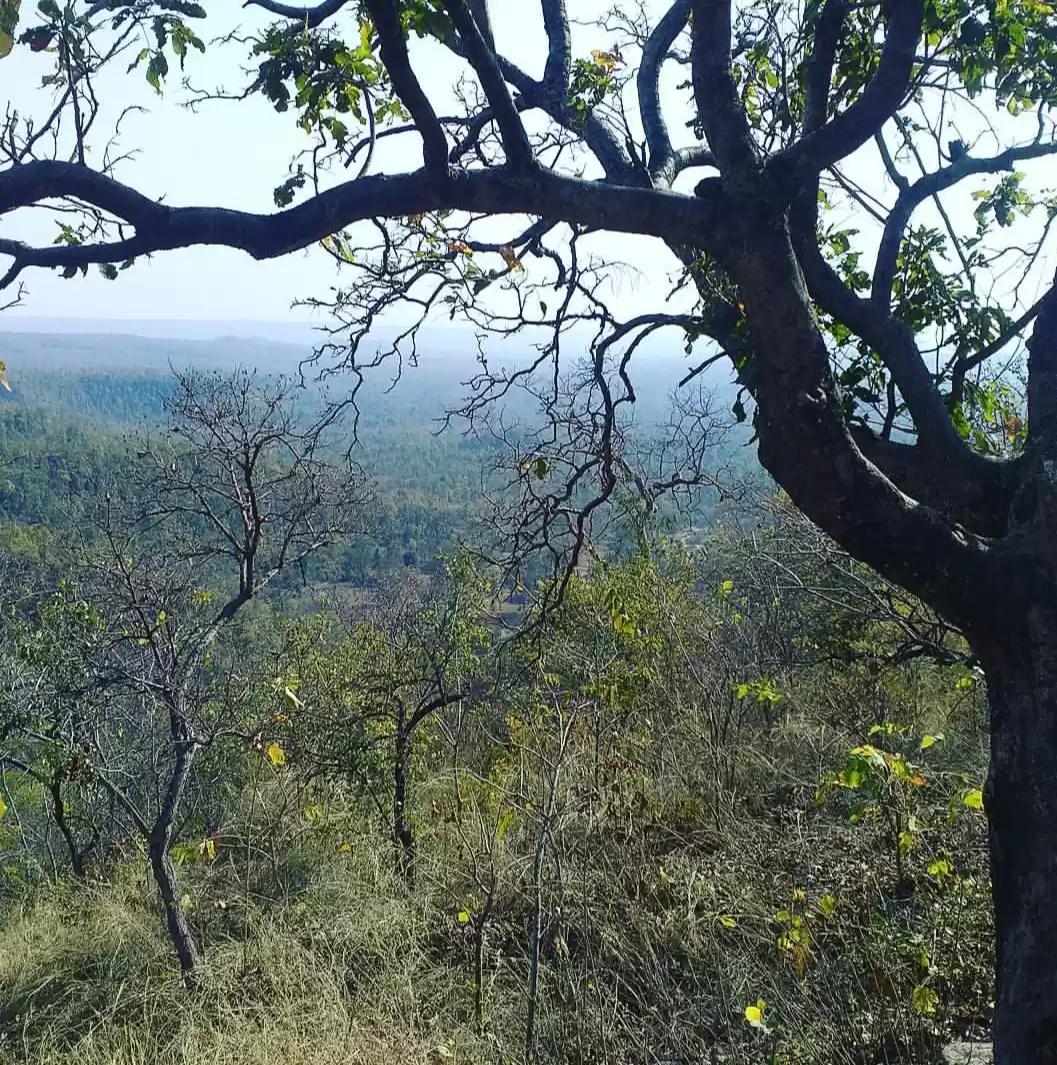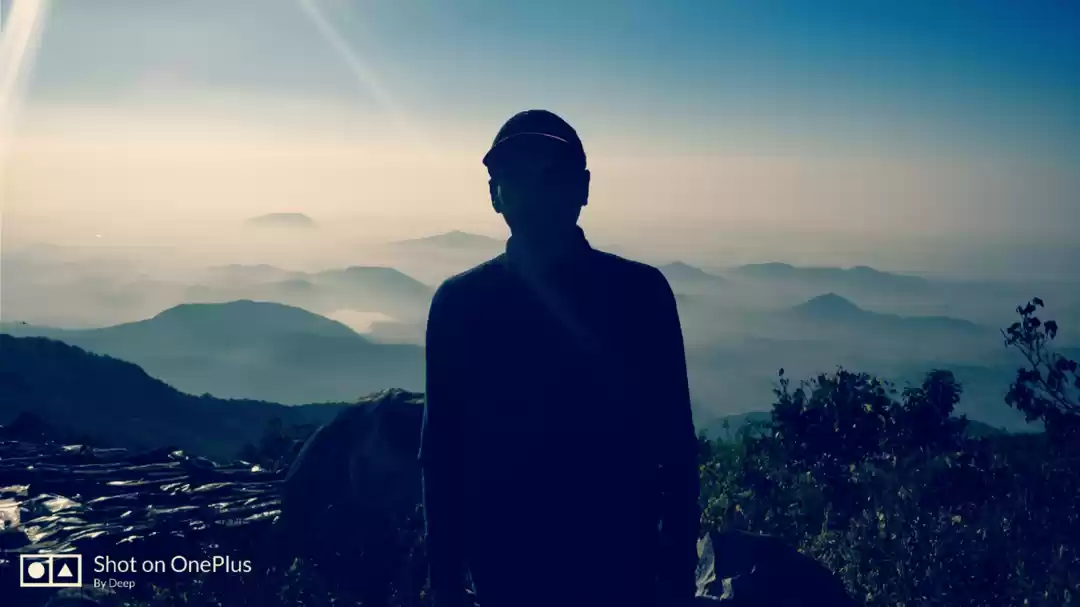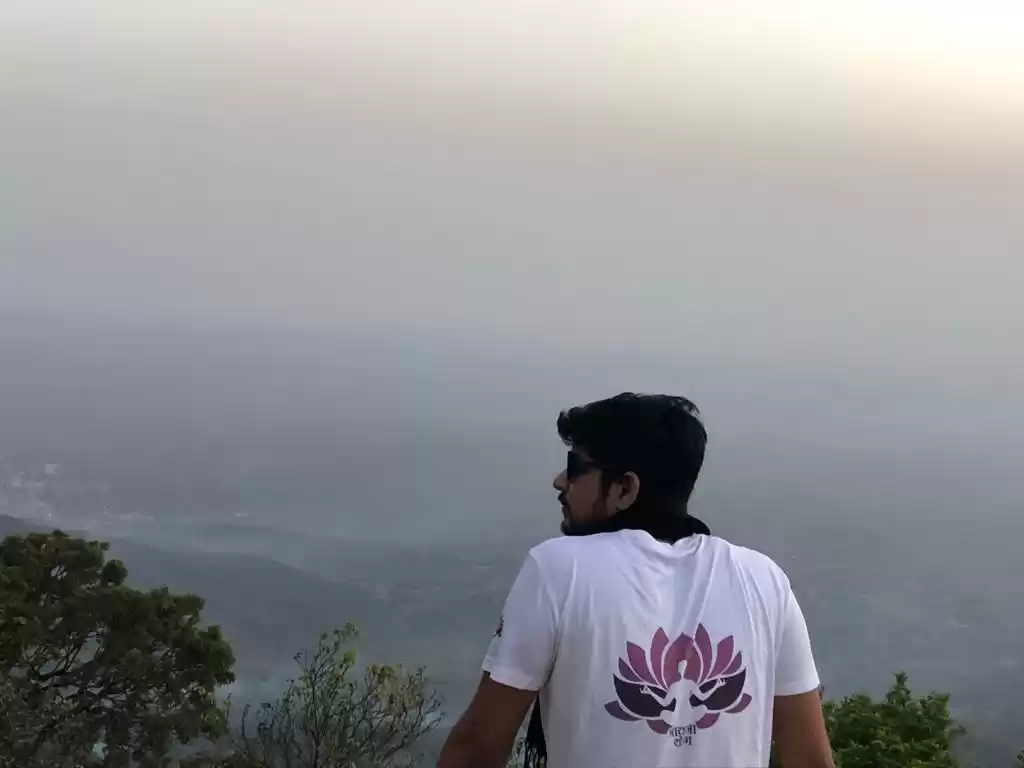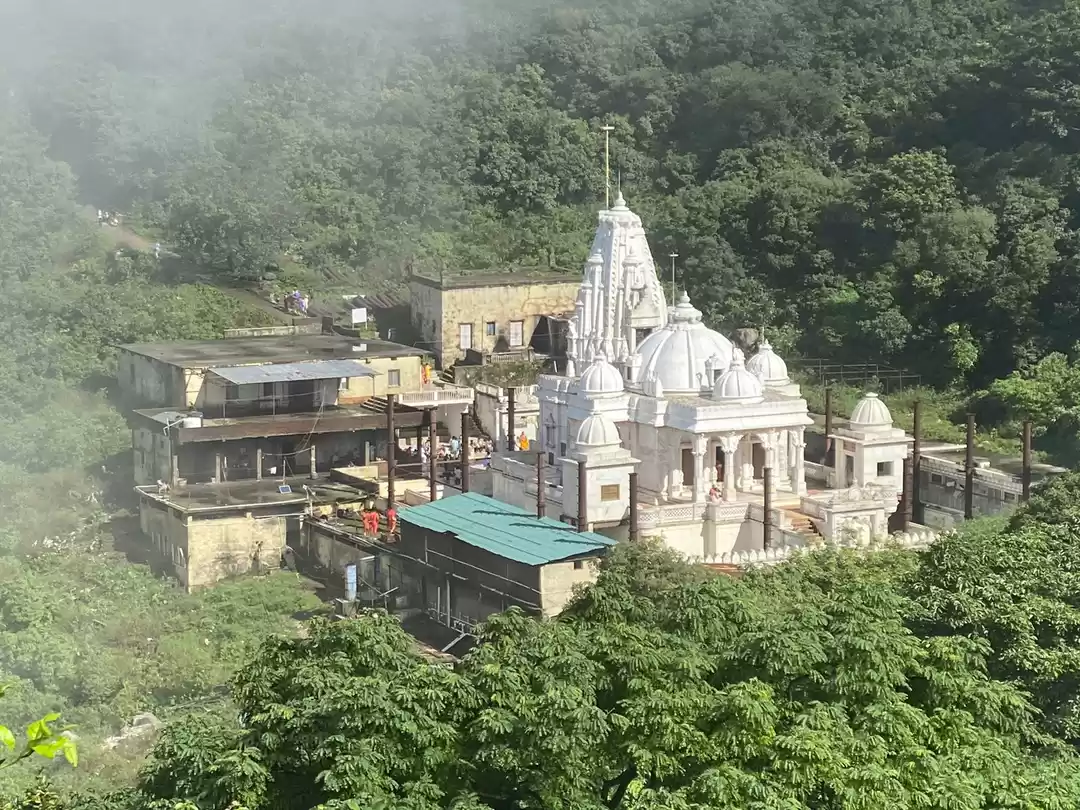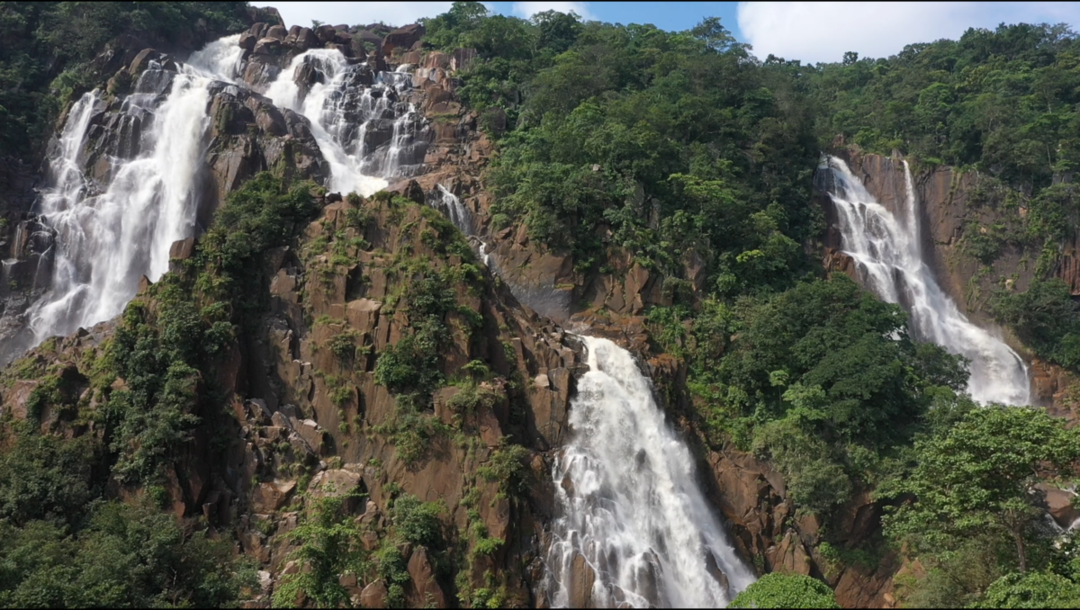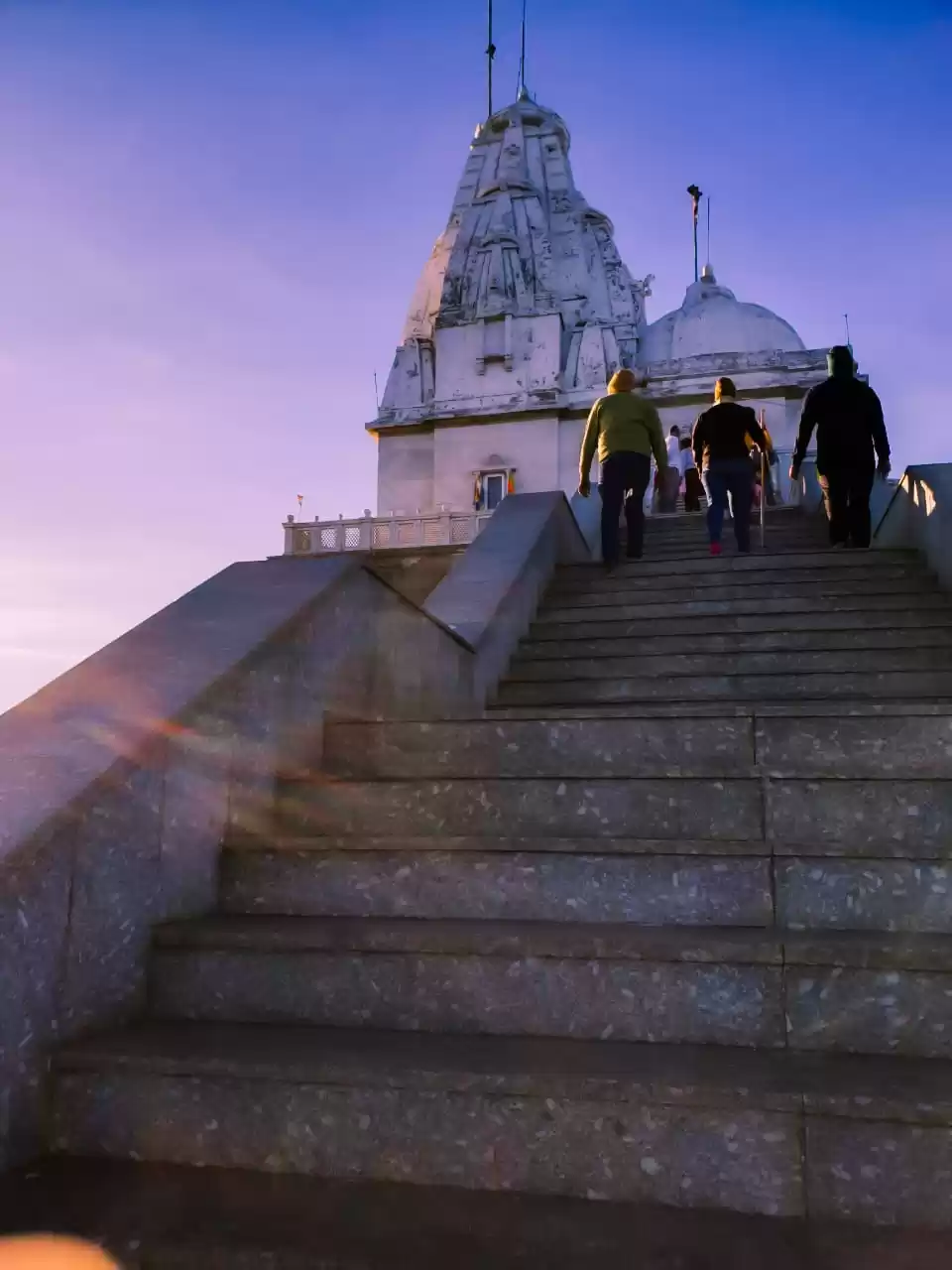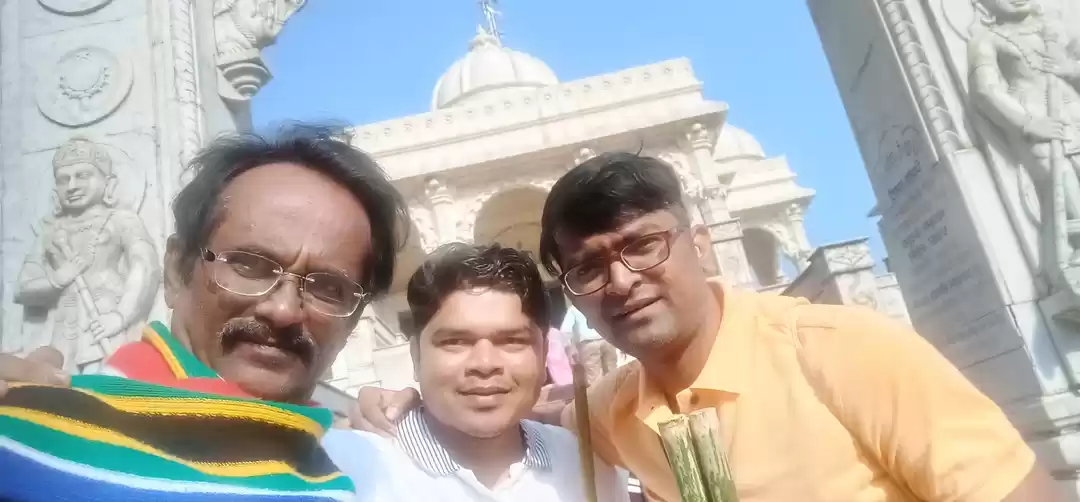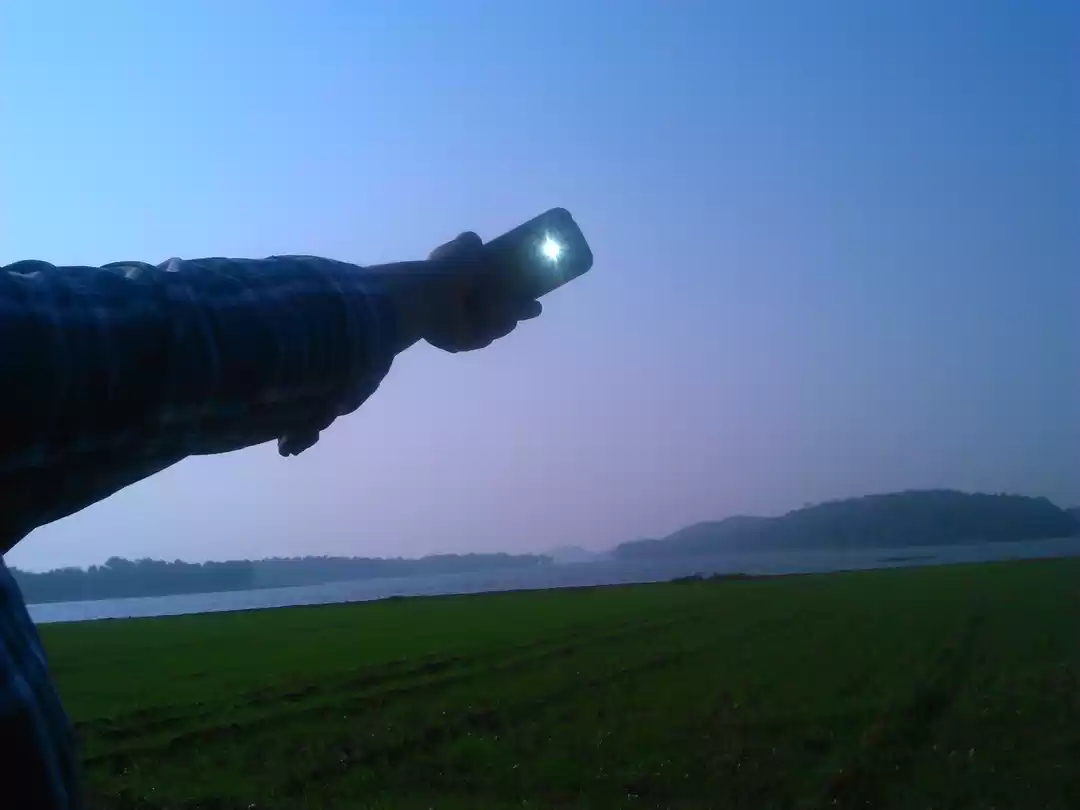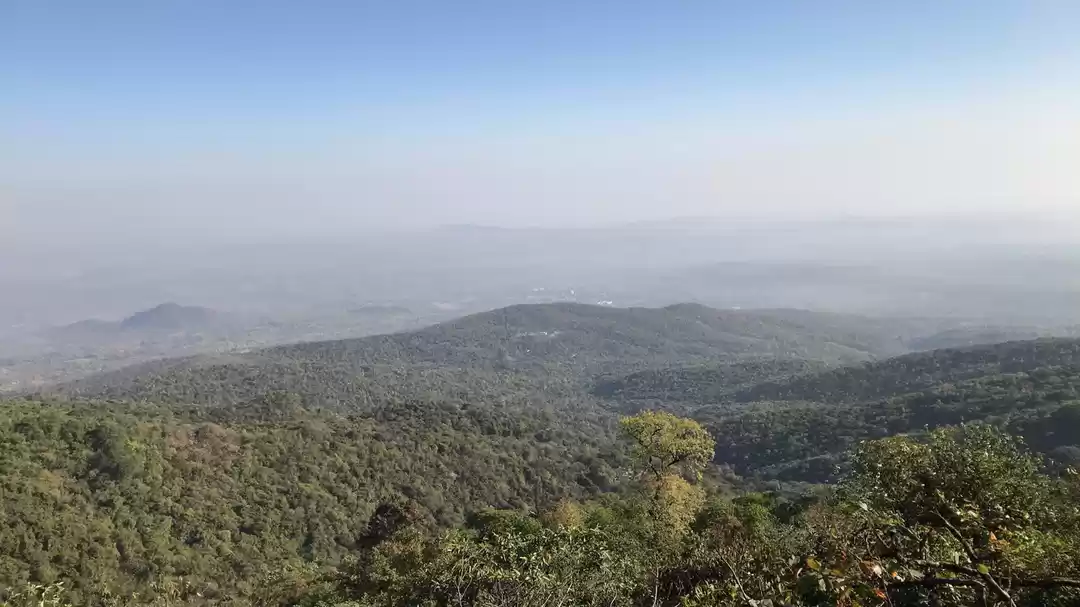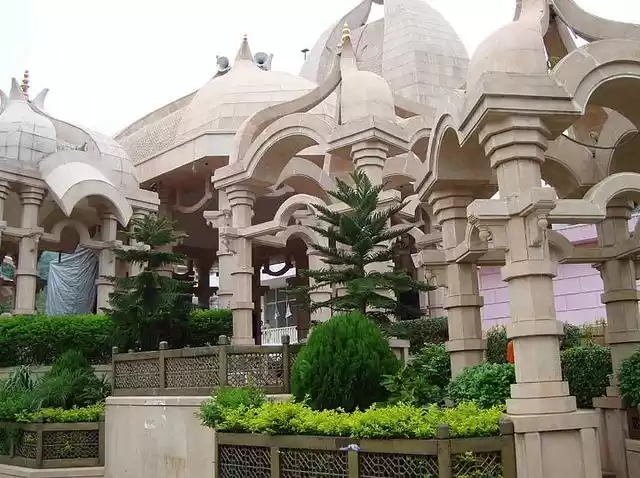Are you looking for a spiritual and adventurous getaway in India? Do you want to explore the rich history and culture of Jainism? Do you want to witness the stunning beauty and diversity of nature?
If yes, then you should visit Shikharji, the highest mountain in Jharkhand and the most sacred pilgrimage site for Jains. Shikharji is not only a place of religious significance, but also a place of natural wonder and adventure.
In this article, we will tell you everything you need to know about Shikharji, from its spiritual significance to its historical and cultural aspects, from its geographical and natural features to its travel and tourism aspects. Read on to find out why Shikharji should be your next destination.
The Spiritual Significance of Shikharji
Shikharji, which means the “venerable peak” in Sanskrit, is the place where twenty of the twenty-four Jain Tirthankaras or spiritual teachers attained Moksha or liberation from the cycle of rebirth. Jainism is an ancient religion that teaches the principles of non-violence, truthfulness, non-attachment, and self-control. Moksha is the ultimate goal of Jainism, which can be achieved by following the path of the Tirthankaras, who are revered as role models and guides by Jains.

Shikharji is located on Parasnath Hill, which is named after the 23rd Tirthankara, Parshvanatha, who was the most recent Tirthankara to attain Moksha at Shikharji. The hill has 20 peaks, each dedicated to one of the 20 Tirthankaras who attained Moksha there. On each peak, there is a temple or a shrine that enshrines the footprints of the respective Tirthankara. These temples are considered to be very sacred and auspicious by Jains, who visit them to pay their respects and seek blessings.
Some of the prominent temples on Shikharji are:
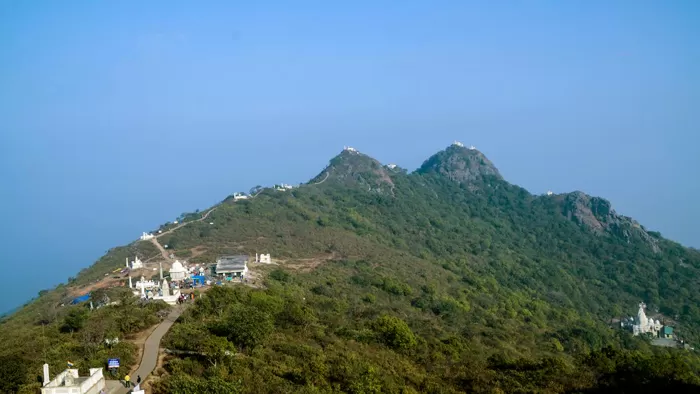
Samavasarana Temple: This temple is dedicated to the 24th and the last Tirthankara, Mahavira, who was born in 599 BCE and attained Moksha at Pavapuri in Bihar. The temple depicts the Samavasarana or the divine preaching hall of Mahavira, where he delivered his sermons to his followers and other beings.
Tonk Temple: This temple is dedicated to the first Tirthankara, Rishabhanatha, who was born in 8.4 million BCE and attained Moksha at Mount Kailash in Tibet. The temple is situated on the highest peak of Shikharji and offers a panoramic view of the surrounding hills and valleys.
Jal Mandir: This temple is dedicated to the 22nd Tirthankara, Neminatha, who was born in 3.7 million BCE and attained Moksha at Girnar in Gujarat. The temple is surrounded by a water tank and resembles a lotus flower.
The Historical and Cultural Aspects of Shikharji
Shikharji has a rich history and culture that dates back to thousands of years. It has been mentioned in various ancient scriptures, such as the Puranas, the Agamas, and the Kalpasutras. It has also been visited by many historical figures, such as King Nandivardhan, King Bharata, King Ajatashatru, Emperor Ashoka, Emperor Akbar, Guru Nanak Dev Ji, Swami Vivekananda, Mahatma Gandhi, and Dr. Rajendra Prasad.
Some of the legends and stories associated with Shikharji are:
The story of King Nandivardhan and his brother Mahavira: King Nandivardhan was the elder brother of Mahavira, who renounced his royal life at the age of 30 and became an ascetic. King Nandivardhan missed his brother dearly and decided to visit him at Shikharji after 12 years of his renunciation. He was accompanied by his wife Sunanda and his son Priyadarshana. However, when he reached Shikharji, he found out that Mahavira had already left for another place. He was disappointed and decided to stay at Shikharji for some time. There he met Sudharma Swami, one of the chief disciples of Mahavira, who taught him the principles of Jainism. King Nandivardhan was impressed by Sudharma Swami’s teachings and became his follower. He also built a temple for Mahavira on Shikharji.
The story of King Bharata and his brother Bahubali: King Bharata was the son of Rishabhanatha, the first Tirthankara. He was a powerful and ambitious king who conquered the whole world and became the first Chakravartin or universal emperor. However, he was not satisfied with his conquest and wanted to conquer the three worlds: the earth, the heaven, and the hell. He asked his father for his divine weapon, the Chakra, which could help him achieve his goal.
His father agreed to give him the Chakra, but on one condition: he had to defeat his 99 brothers in a war. King Bharata agreed and waged a war against his brothers. He defeated all of them except one: his younger brother Bahubali, who was also a mighty warrior. The two brothers decided to settle their dispute by three contests: eye-fight, water-fight, and wrestling.
King Bharata won the first two contests, but Bahubali won the wrestling match. King Bharata was enraged and tried to kill Bahubali with his Chakra, but the Chakra stopped in mid-air and refused to harm Bahubali. King Bharata realized his mistake and bowed down to Bahubali, who had also realized the futility of worldly pleasures and decided to renounce his kingdom and become an ascetic. He went to Shikharji and meditated for a long time, until he attained Moksha.
The story of King Ajatashatru and his son Udayin: King Ajatashatru was the son of King Bimbisara, who was a contemporary and a follower of Mahavira. King Ajatashatru was influenced by his wicked minister Devadatta, who wanted to overthrow King Bimbisara and make Ajatashatru the king. Devadatta convinced Ajatashatru to imprison his father and usurp his throne. King Bimbisara died in prison after a few years of torture.
King Ajatashatru regretted his actions and sought forgiveness from Mahavira, who forgave him and accepted him as his follower. King Ajatashatru also became a patron of Jainism and built many temples and monasteries for Jains.
However, he faced a similar fate as his father, when his son Udayin rebelled against him and tried to kill him. King Ajatashatru escaped from his palace and went to Shikharji, where he met Mahavira for the last time before he attained Moksha. King Ajatashatru also attained Moksha at Shikharji after repenting for his sins.
Some of the historical and archaeological evidence of Shikharji are:
The inscriptions: There are many inscriptions found on Shikharji that record the donations, dedications, and visits of various kings, queens, nobles, monks, nuns, and pilgrims over the centuries. Some of the notable inscriptions are:
The Parasnath Prashasti: This is a Sanskrit inscription dated to 9th century CE that praises Parshvanatha as the lord of Shikharji and describes the glory and sanctity of the hill.
The Ghorakatora Inscription: This is a Prakrit inscription dated to 10th century CE that records the donation of a village by a queen named Padmavati to a Jain monk named Jinachandra Suri.
The Madhuban Inscription: This is a Sanskrit inscription dated to 12th century CE that records the visit of a king named Kumarapala to Shikharji and his donation of gold coins to a Jain monk named Hemachandra Suri.
The sculptures:
There are many sculptures found on Shikharji that depict the images of various Tirthankaras, deities, saints, and devotees. Some of the notable sculptures are:
The Yaksha-Yakshi Sculptures: These are sculptures of male and female guardian deities that are associated with each Tirthankara. They are usually found near the temples or shrines of the respective Tirthankara. Some examples are Gomedha Yaksha and Ambika Yakshi for Neminatha, Sarvanubhuti Yaksha and Chakreshvari Yakshi for Parshvanatha, Matanga Yaksha and Siddhayika Yakshi for Rishabhanatha, etc.
The Bahubali Sculpture: This is a sculpture of Bahubali, the younger brother of Bharata, who attained Moksha at Shikharji after renouncing his kingdom. The sculpture shows him standing in a meditative posture with vines growing around his legs and arms.
The Mahavira Sculpture: This is a sculpture of Mahavira, the last Tirthankara, who was born in 599 BCE and attained Moksha at Pavapuri in Bihar. The sculpture shows him sitting in a lotus posture with a lion throne and a halo behind him.
Other Places of Interest Nearby
Shikharji is not only a sacred peak of Jainism, but also a nature lover’s paradise. There are many other places of attraction near Shikharji that you can visit and enjoy. Here are some of them:
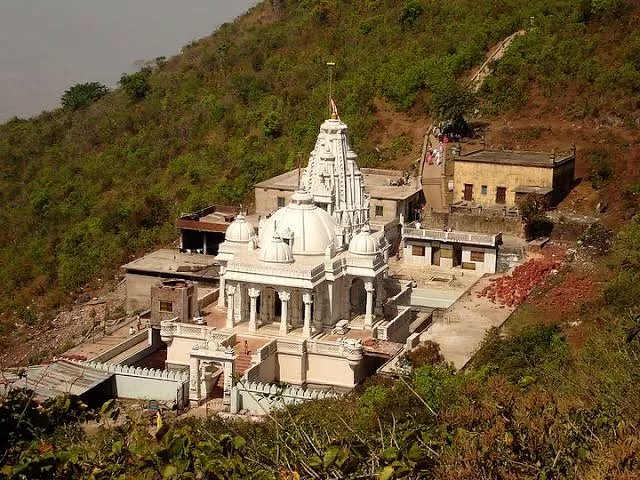
Parasnath Hills:
These are the hills that surround Shikharji and offer a scenic view of the landscape. You can trek, hike, or take a cable car to explore the hills and admire the natural beauty. You can also spot various birds and animals, such as peacocks, monkeys, deer, and bears, in the hills.
Madhuban:
This is a forest area at the base of Shikharji, where you can find many Jain temples, museums, guest houses, and gardens. You can visit the Jain Museum, which displays the relics, artifacts, paintings, and sculptures related to Jainism and Shikharji. You can also visit the Sheetal Nala, which is a natural spring that flows from the hill and is considered to be holy by Jains.
Giridih:
This is a nearby town that is famous for its coal mines, dams, and waterfalls. You can visit the Usri Falls, which is a three-tiered waterfall that cascades from a height of 40 meters. You can also visit the Khandoli Dam, which is a reservoir that offers boating, kayaking, and other water sports.
Hazaribagh:
This is another nearby town that is known for its wildlife sanctuary, lake, and park. You can visit the Hazaribagh Wildlife Sanctuary, which is home to many endangered species, such as tigers, leopards, sloth bears, and sambars.
You may also like to know how a trip to Sammed Shikharji changed Akshay’s life: A Jain pilgrimage story
Places to Eat Near Shikharji
If you are visiting Shikharji, you might be wondering where to eat and enjoy some delicious food. Here are some of the good places to eat near Shikharji, based on the web search results1:
Prayag Hotel & Restaurant:
This is a popular hotel and restaurant near Shikharji that offers a variety of cuisines, such as Indian, Chinese, Continental, and Jain. The restaurant is known for its hygiene, quality, and taste. You can try their thali, biryani, paneer butter masala, dal makhani, and kulfi.
ZAIKA Restaurant:
This is another good restaurant near Shikharji that serves Indian, Chinese, and Jain food. The restaurant has a cozy and comfortable ambiance and friendly staff. You can try their pizza, pasta, burger, chole bhature, and lassi.
Madhuban Canteen:
This is a canteen at the base of Shikharji that provides pure Jain food for the pilgrims and visitors. The canteen has a simple and clean environment and serves tasty food at reasonable prices. You can try their roti, sabzi, dal, rice, and kheer.
How to Reach Shikharji
If you are planning to visit Shikharji from Kolkata, you have several options to choose from. The most convenient and fastest way is to take a train from Howrah Junction to Parasnath Station, which takes about 4 hours and 40 minutes. Parasnath Station is only 23 km away from Shikharji, and you can hire a taxi or a bus to reach the hill.
Alternatively, you can take a bus from Kolkata to Purulia, which takes about 6 hours and 30 minutes, and then take a taxi from Purulia to Shikharji, which takes about an hour and 20 minutes. Another option is to drive your own car or rent one from Kolkata to Shikharji, which takes about 4 hours and 50 minutes.
You can also fly from Kolkata Airport to Ranchi Airport, which takes about an hour and 10 minutes, and then take a train or a taxi from there to Shikharji, which takes about 2 hours and 30 minutes.
Best Time to Visit
The best time to visit Shikharji is from October to March, when the weather is pleasant and the air is crisp. The winter months in Jharkhand are November through February, and tourist numbers typically peak around this time of year. You can expect temperatures between 5 and 25 degrees Celsius, and sometimes as low as -1 degree in January. If you plan on visiting Shikharji in the winter, be sure to pack enough warm woolens. 😊
Shikharji is a sacred pilgrimage site for Jains and a nature lover’s paradise. It is located on Parasnath Hill, the highest mountain in Jharkhand. It is the place where twenty of the twenty-four Jain Tirthankaras attained Moksha or liberation from the cycle of rebirth. You can also explore the rich history and culture of Jainism, as well as the stunning beauty and diversity of nature at Shikharji.
Shikharji is a sacred peak of Jainism and a nature lover’s paradise. It is located on Parasnath Hill, the highest mountain in Jharkhand. It is the place where twenty of the twenty-four Jain Tirthankaras attained Moksha or liberation from the cycle of rebirth. You can also explore the rich history and culture of Jainism, as well as the stunning beauty and diversity of nature at Shikharji.
Whether you are looking for a spiritual and adventurous getaway or a peaceful and relaxing retreat, Shikharji has something to offer for everyone. So, what are you waiting for? Plan your trip to Shikharji today and experience the bliss of this holy and heavenly place.






